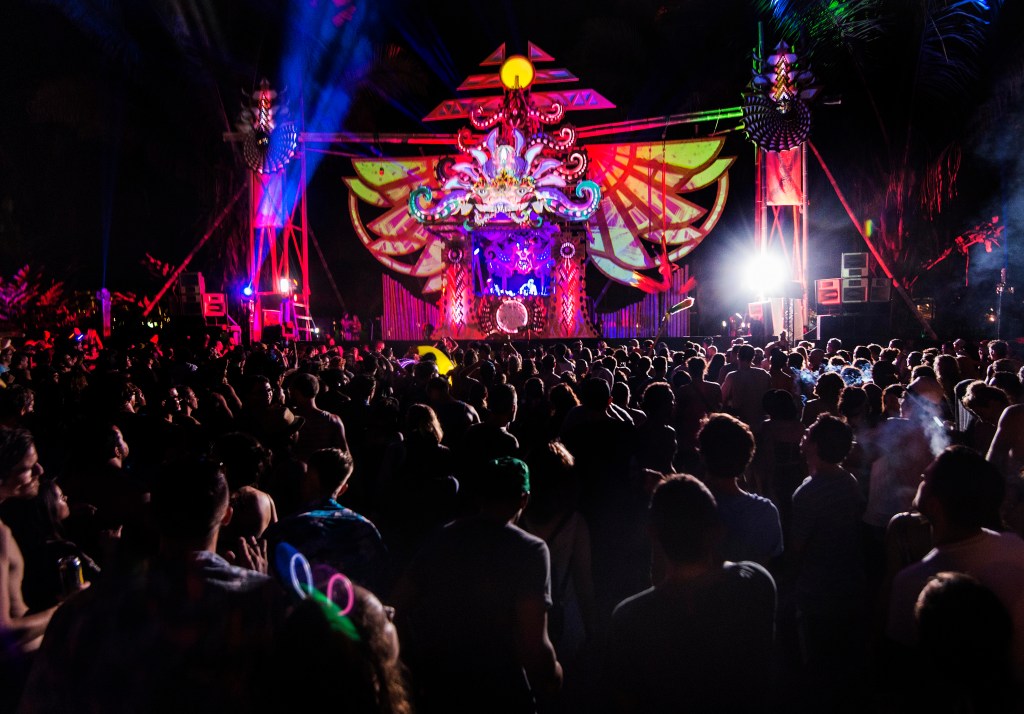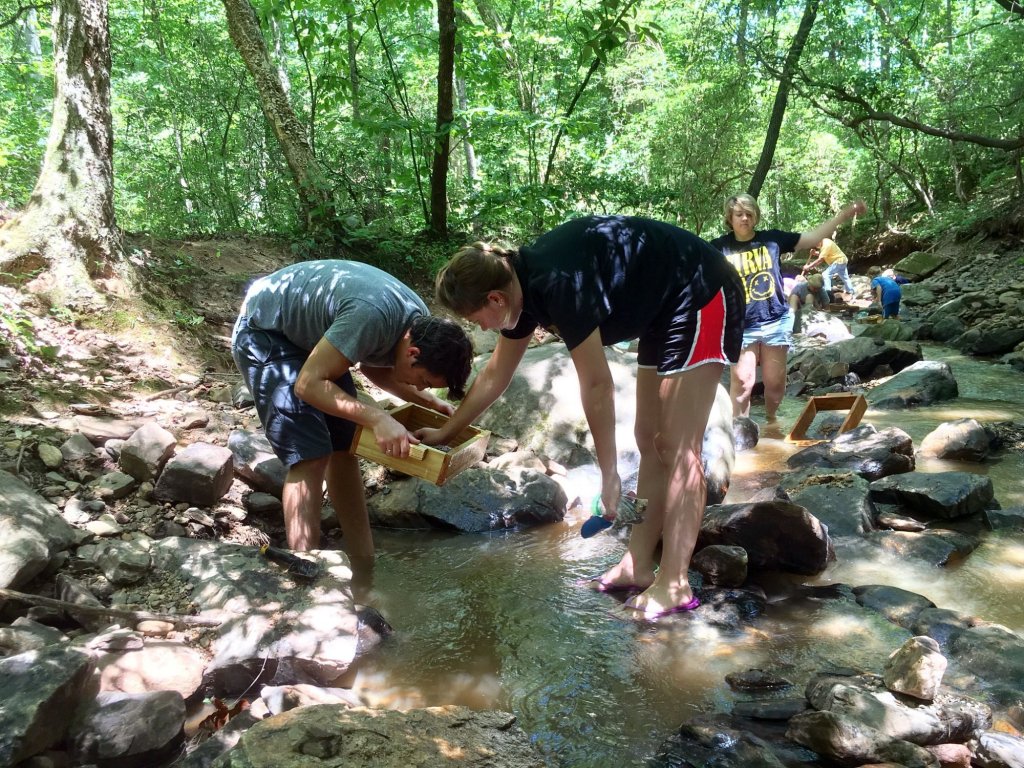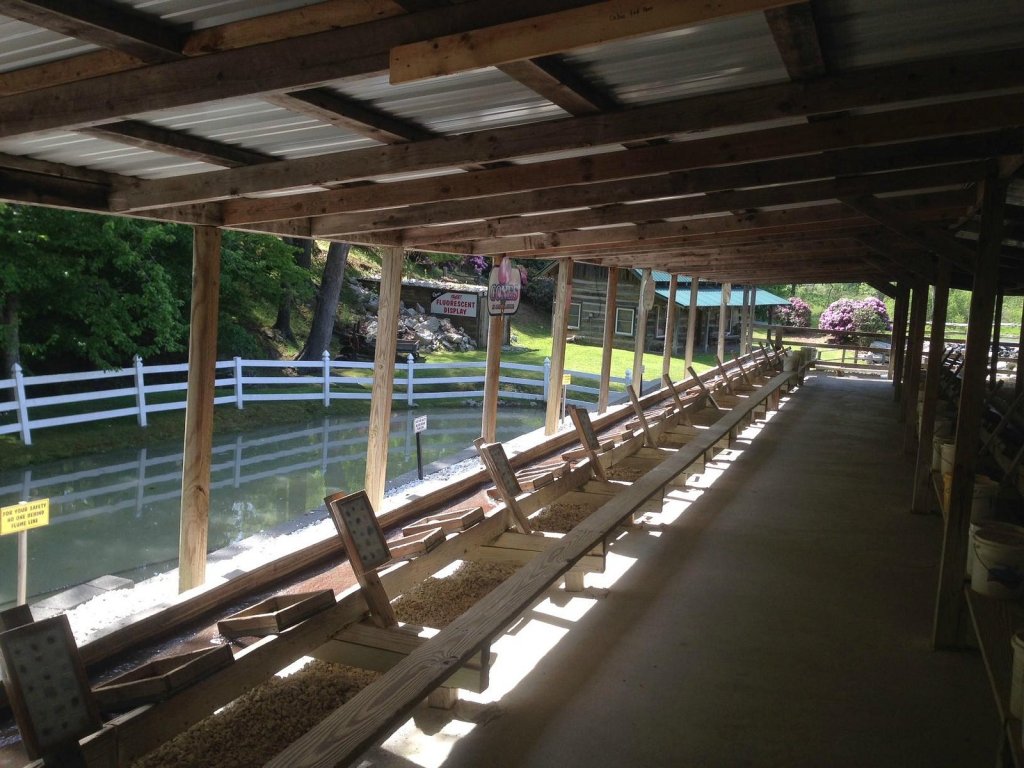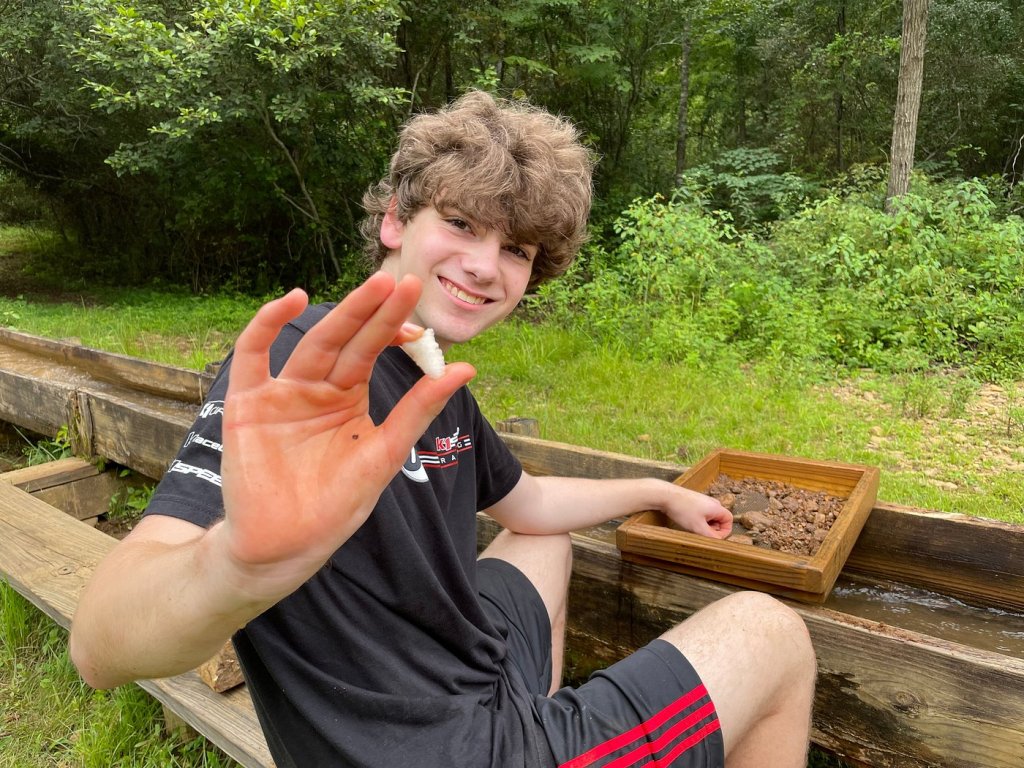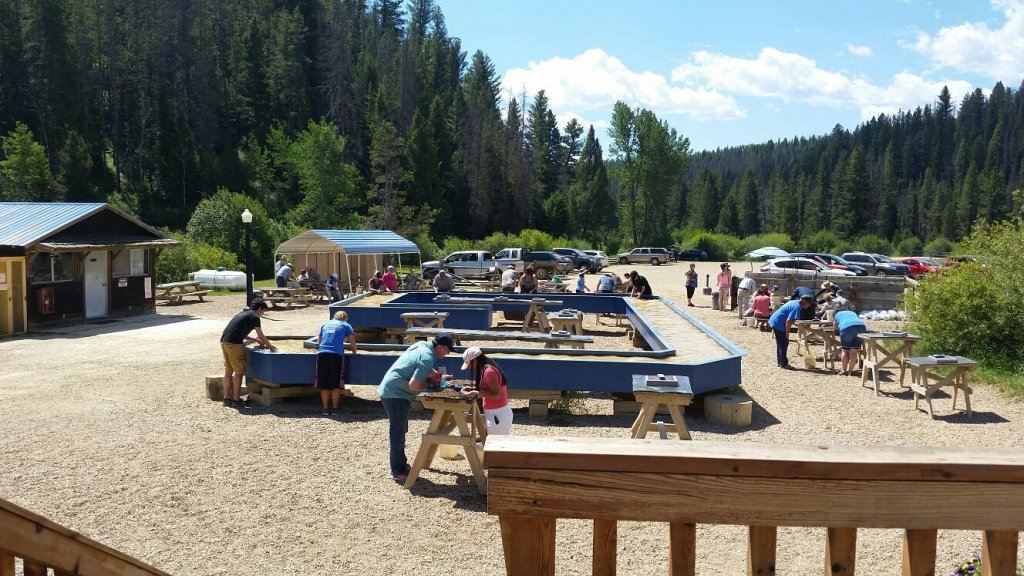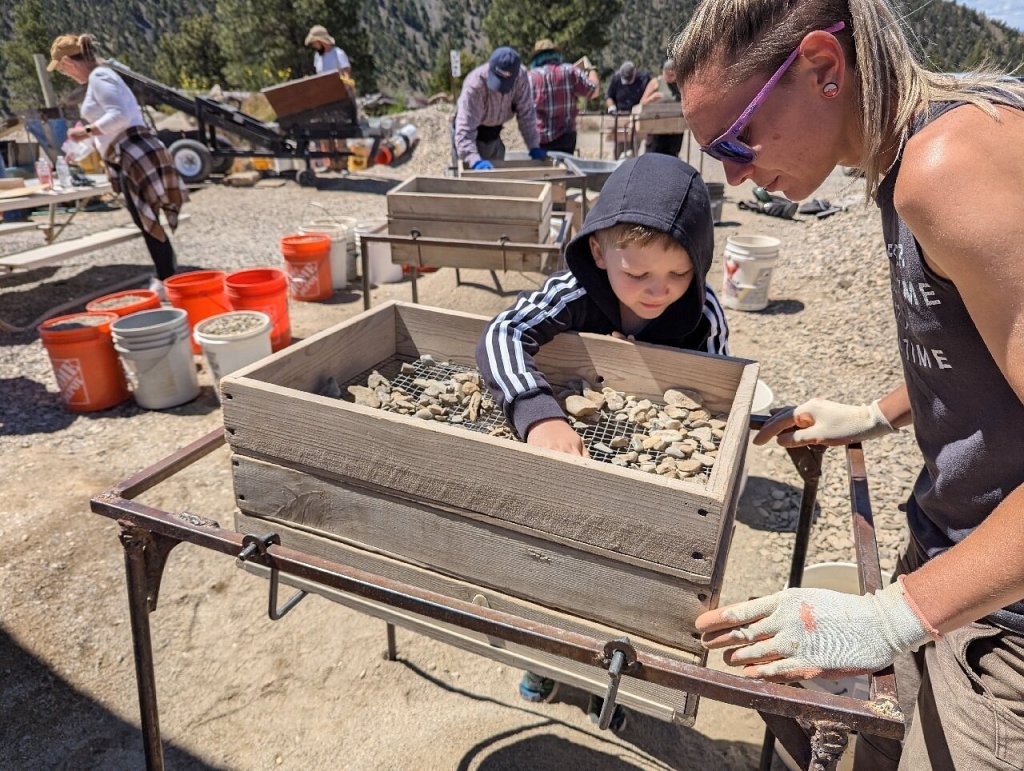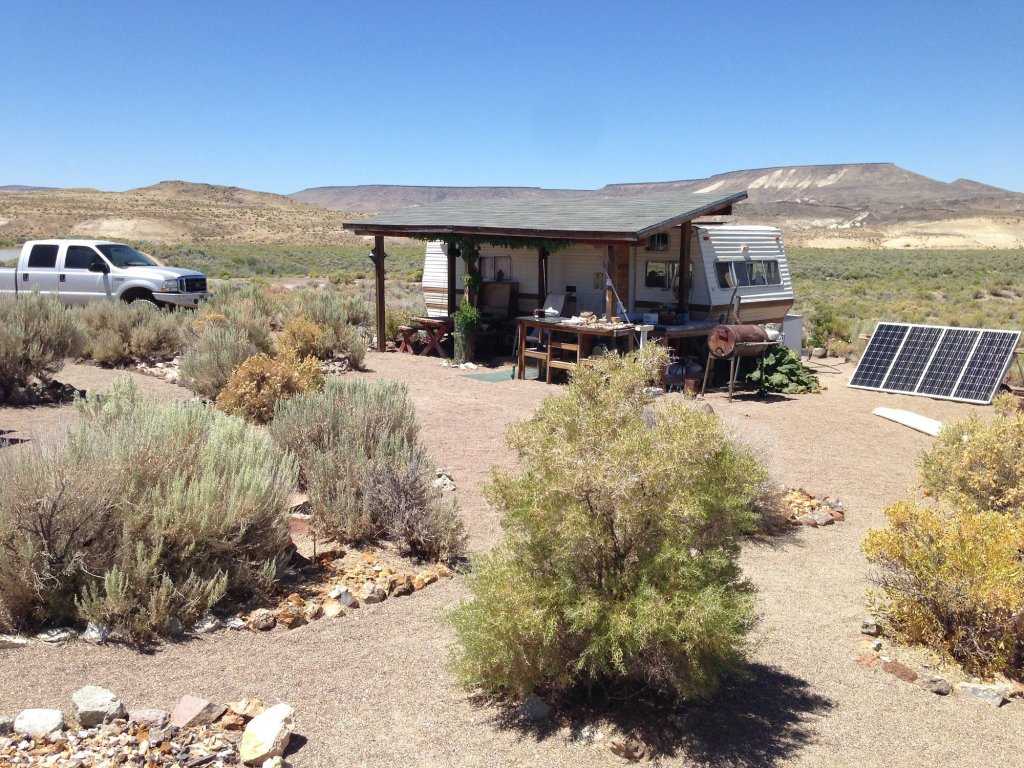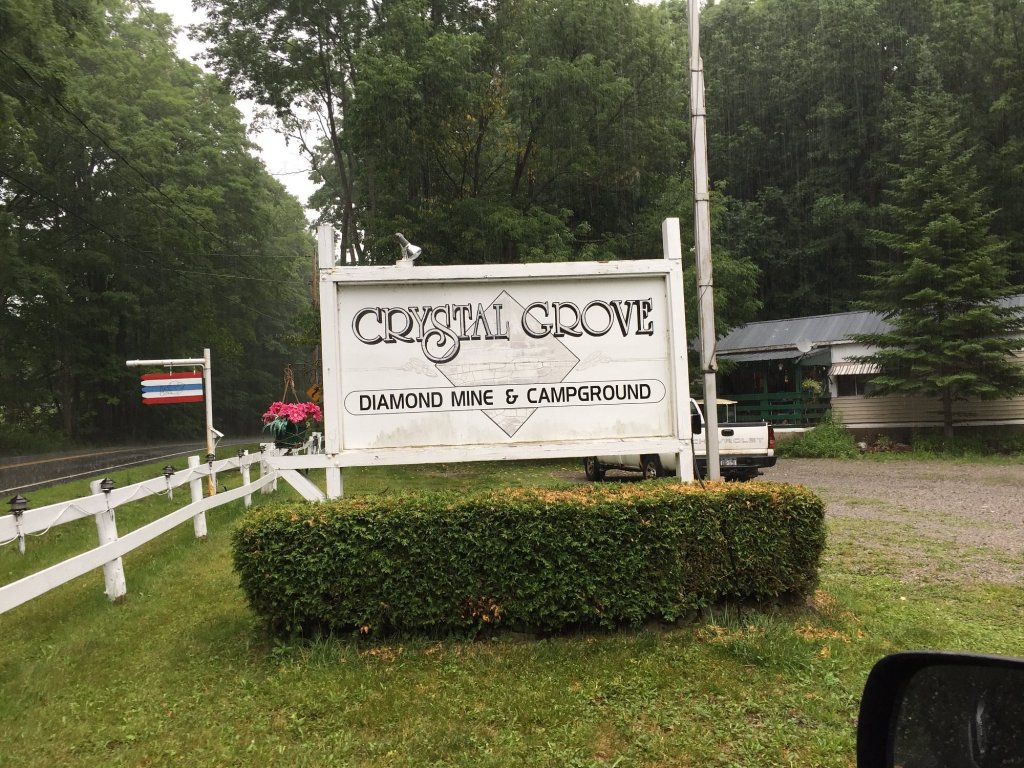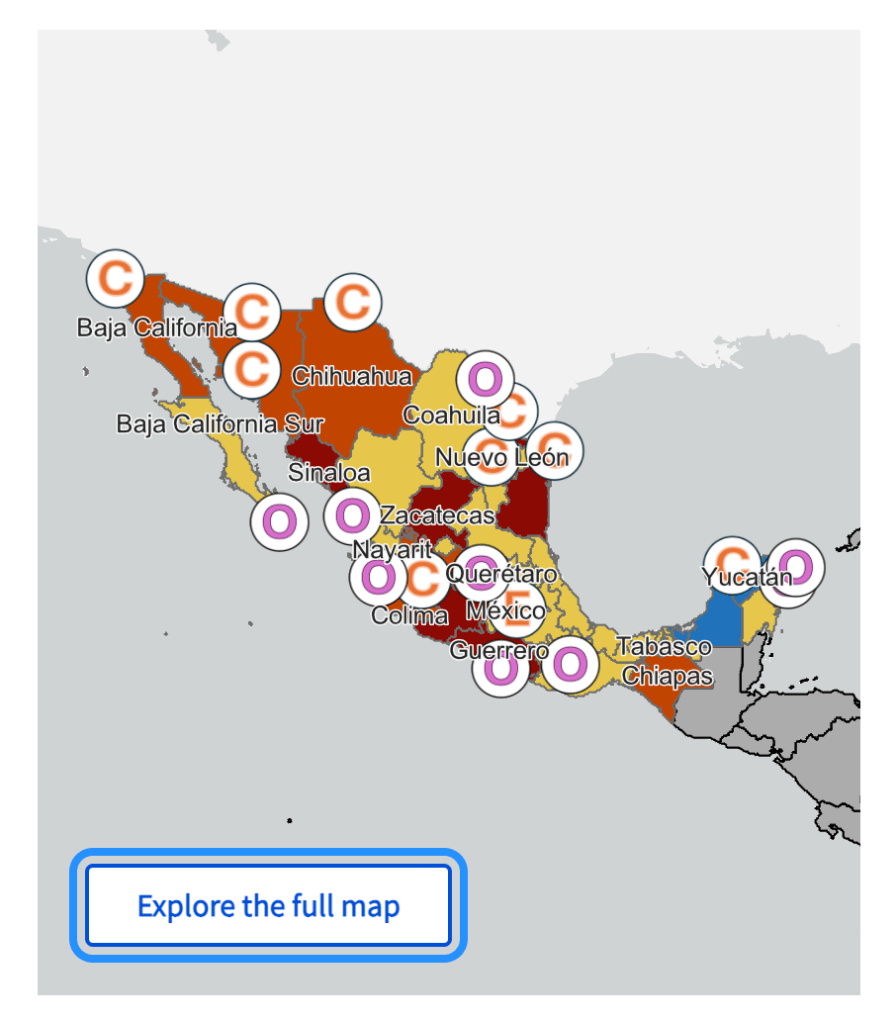Palm Springs is undoubtedly one of California’s most stylish oases.
That’s thanks to the city’s effortlessly chic and timeless mid-century modern architecture. From its residential homes to its hotels to its Airbnbs, it’s a feast for the eyes.
But those who visit this desert spot year after year aren’t there just for the architecture or style.
They come for the spas.
Along with hubs like Miami and Scottsdale, Palm Springs is renowned for its spas and spa culture. In fact, the city’s name comes from its hot springs, which were believed to be medicinal by the local Cahuilla tribe.
When Palm Springs boomed as a resort town in the early and mid-1900s, much of its growth was thanks to the nearby hot springs. It became a hotspot for Americans with issues like tuberculosis, asthma, and arthritis.
Slowly, the city’s reputation as a wellness center transformed, and Palm Springs became one of the area’s top wintering zones, its spa culture hedged into the spotlight.
And it hasn’t left. Looking for the best spas in Palm Springs, CA? Start with these ten classic, celebrated locations.
Best spas in Palm Springs
- For the OG hot springs experience: The Spa at Sec-he
- Great for couples: The Spa at the Andreas
- The locals’ pick: Estrella Spa at the Avalon Hotel
- Easy to book and bundle: Spa at Marriott’s Desert Springs
- Ultra-lux: The Ritz-Carlton Spa
- Budget-friendly: Miracle Springs Spa
- A fresh take on spa treatments: Grounded Bodyworks
- Party vibes… at a spa: Sea Mountain Resort
Best spas in Palm Springs
For the OG hot springs experience: The Spa at Sec-he
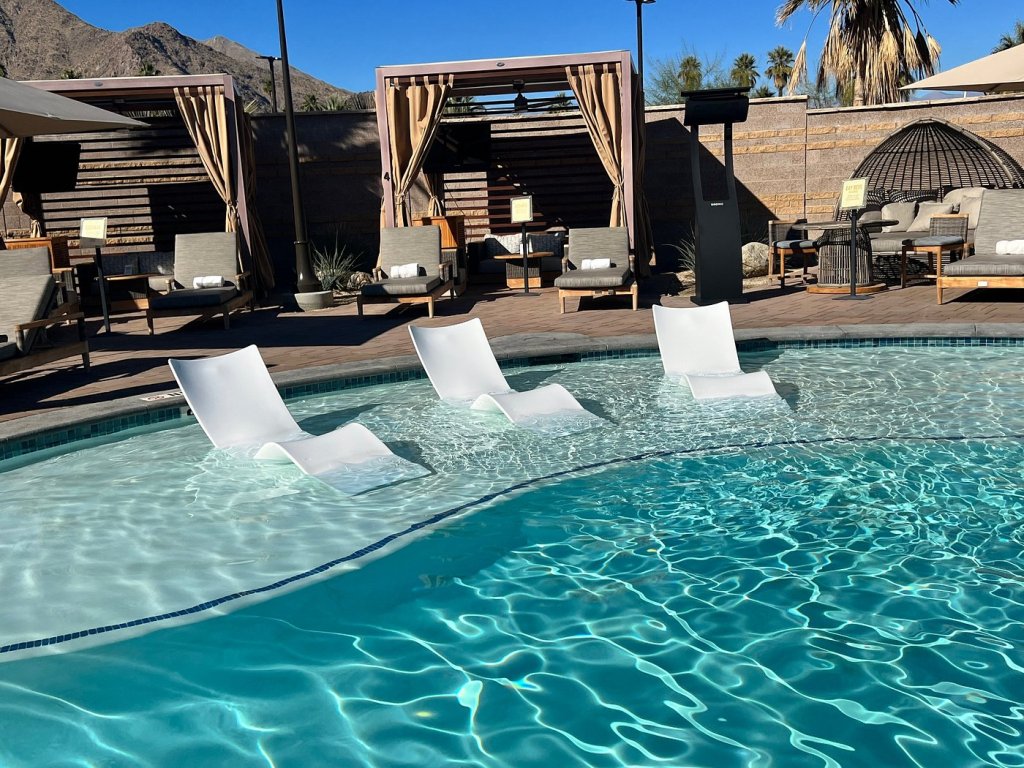
Located on the actual grounds of the Agua Caliente Hot Mineral Spring, this wellness destination lets you soak up the sacred waters from the 12,000-year-old spring. The name ‘sec-he’ comes from the Cahuilla language, meaning ‘the sound of boiling water’.
In fact, this spa is owned and operated by the Agua Caliente Band of Cahuilla Indians. Along with soaking in the mineral-laden hot springs, you can enjoy award-winning treatments from a quartz bed massage or facials on a bioacoustics bed.
Great for couples: The Spa at the Andreas
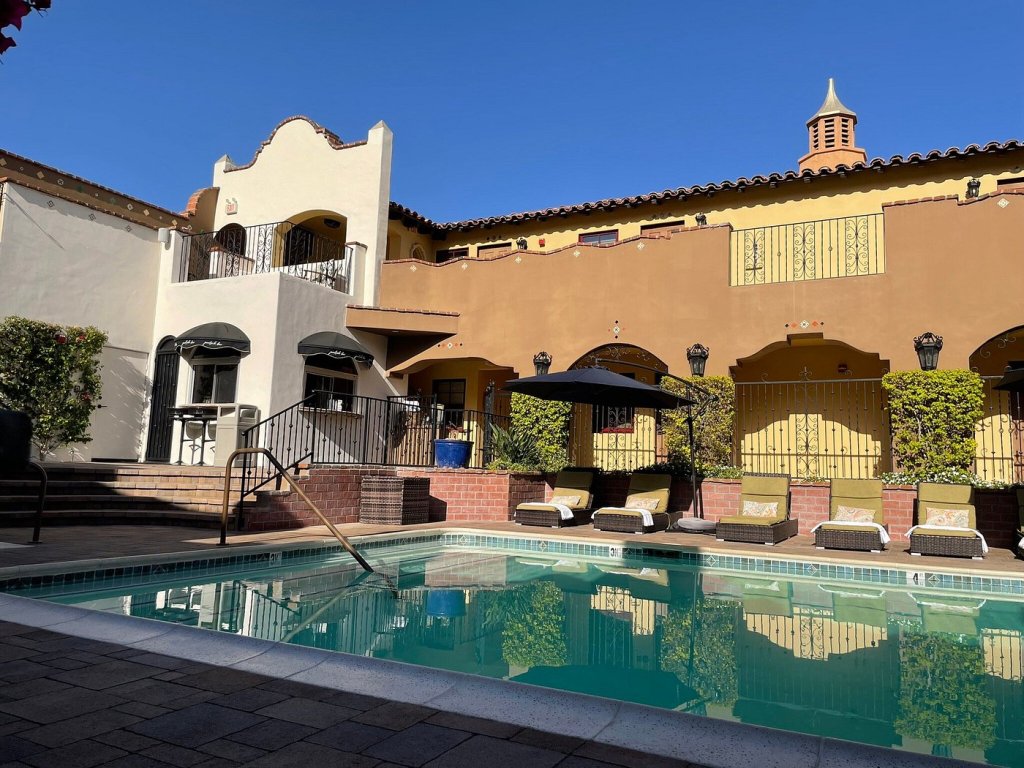
If you’re visiting Palm Springs with a love interest, the best spot for a couples massage is The Spa at the Andreas. This no-frills spa has all the treatments you could wish for, from foot treatments to facials. But it’s particularly known for its couples’ massages thanks to its intimate and relaxing atmosphere. As a bonus, it won’t break the bank, either.
The locals’ pick: Estrella Spa at the Avalon Hotel
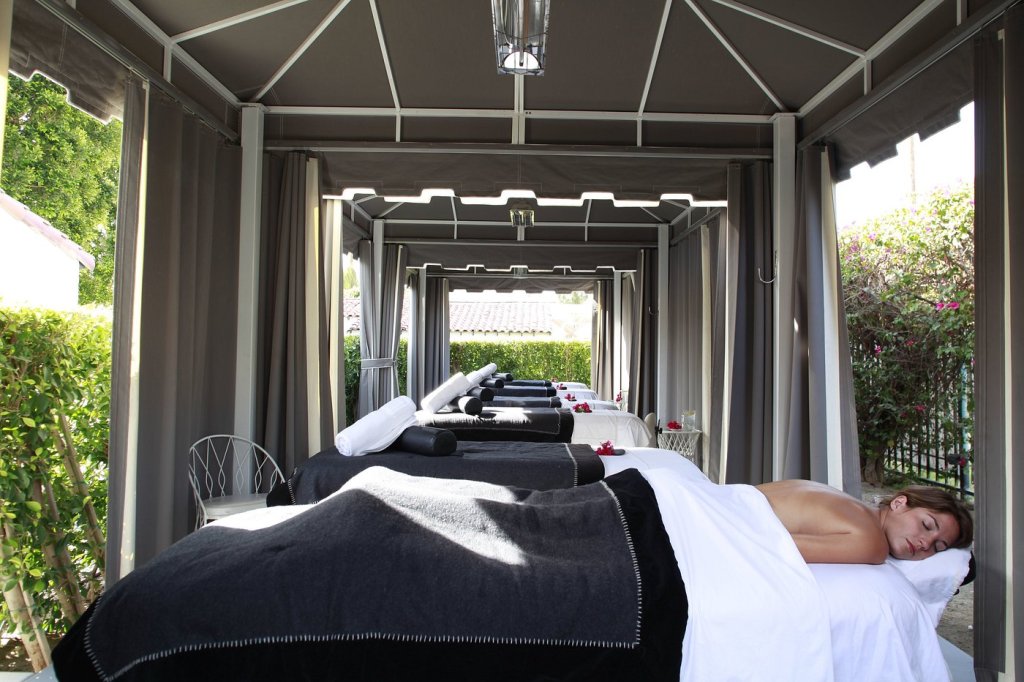
Usually just called Estrella Spa, this full-service location has all the basics covered, from deep-tissue Swedish massages to outdoor day beds where you can spend the day horizontal. But there are a few specialties you should know about, including Estrella Spa’s lauded aromatherapy treatments and its hot stone massages.
Easy to book and bundle: Spa at Marriott’s Desert Springs
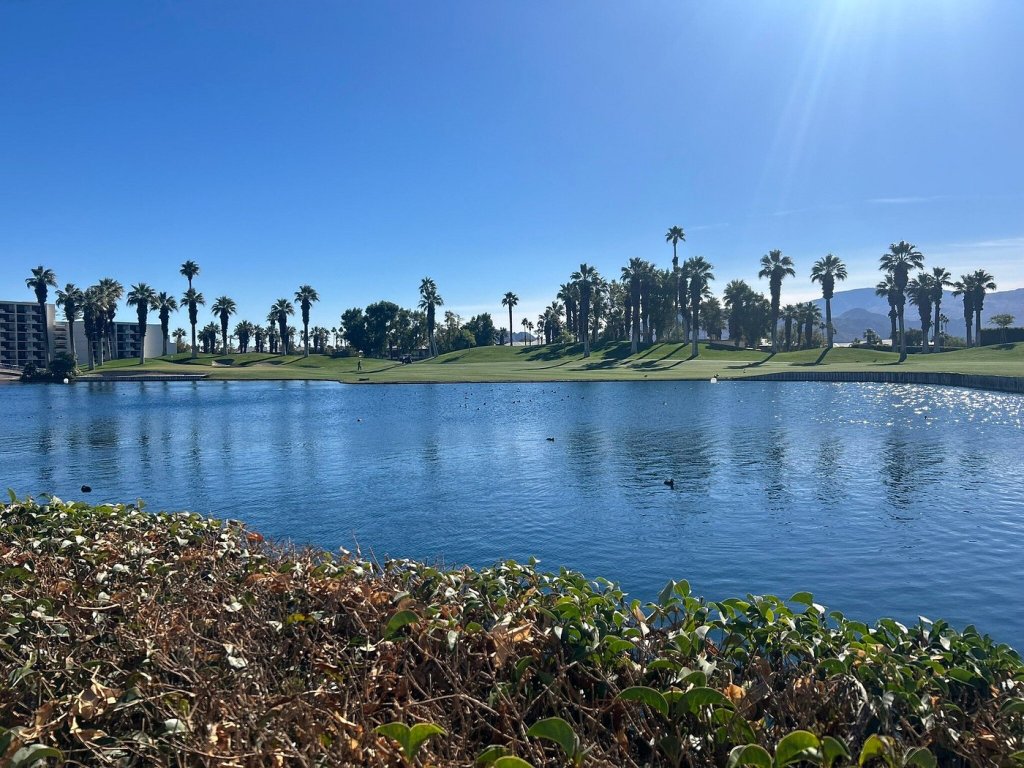
If you’re a Bonvoy member, you don’t need to wander off the resort for a great spa experience. The Spa at Marriott’s Desert Springs resort is mostly renowned for its outdoor pool and gorgeous views, along with its range of services. Though they’re a little pricey, you’re paying for the added space and—again—that unbeatable and peaceful outdoor pool setup.
Ultra-lux: The Ritz-Carlton Spa
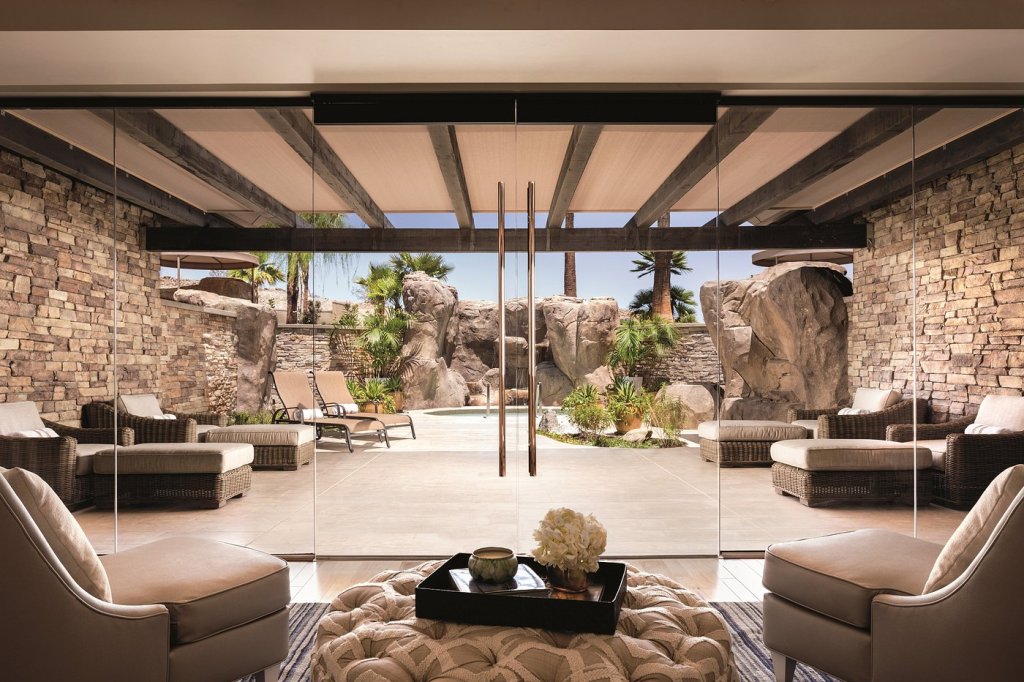
It’s pure opulence at this Ritz-Carlton location, from the surrounding mountain views to the desert-inspired décor. The on-site spa is just as impressive, offering all the treatments you could hope for, including contemporary favorites like plunge pools and meditation rooms. Plus, the Ritz-Carlton showcases the area’s indigenous heritage and traditional treatments, similar to Sec-he.
Budget-friendly: Miracle Springs Spa
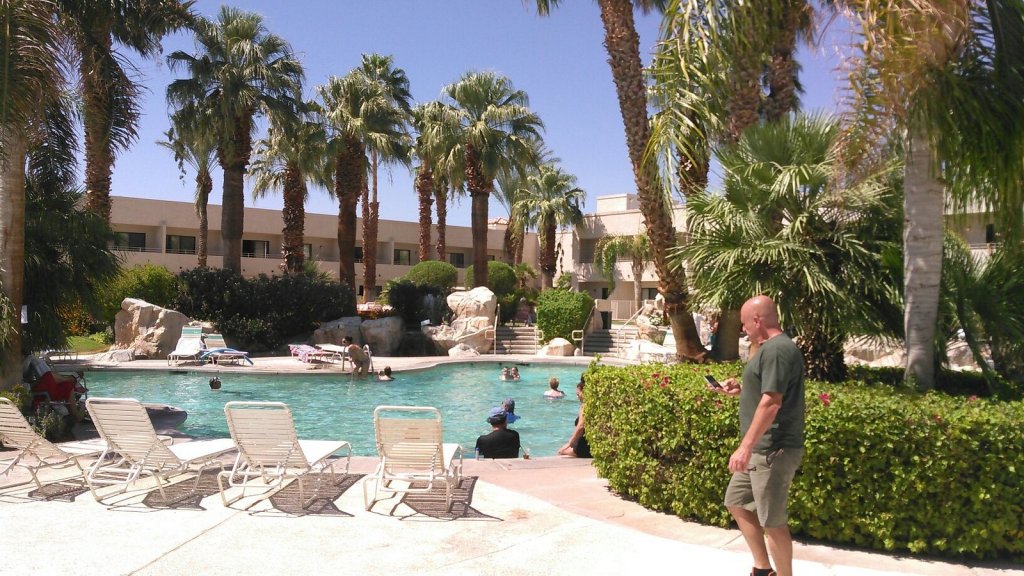
This day-use spa is one of the most accessible in Palm Springs. There are multiple outdoor pools, including a mineral pool and a jacuzzi. There’s an on-site Italian restaurant, as well, and a long list of basic spa treatments. Just know that the discounted prices are due to the facility’s slightly outdated setup. If that doesn’t bother you, then book a day pass now—the setup is simple, but hard to beat.
A fresh take on spa treatments: Grounded Bodyworks
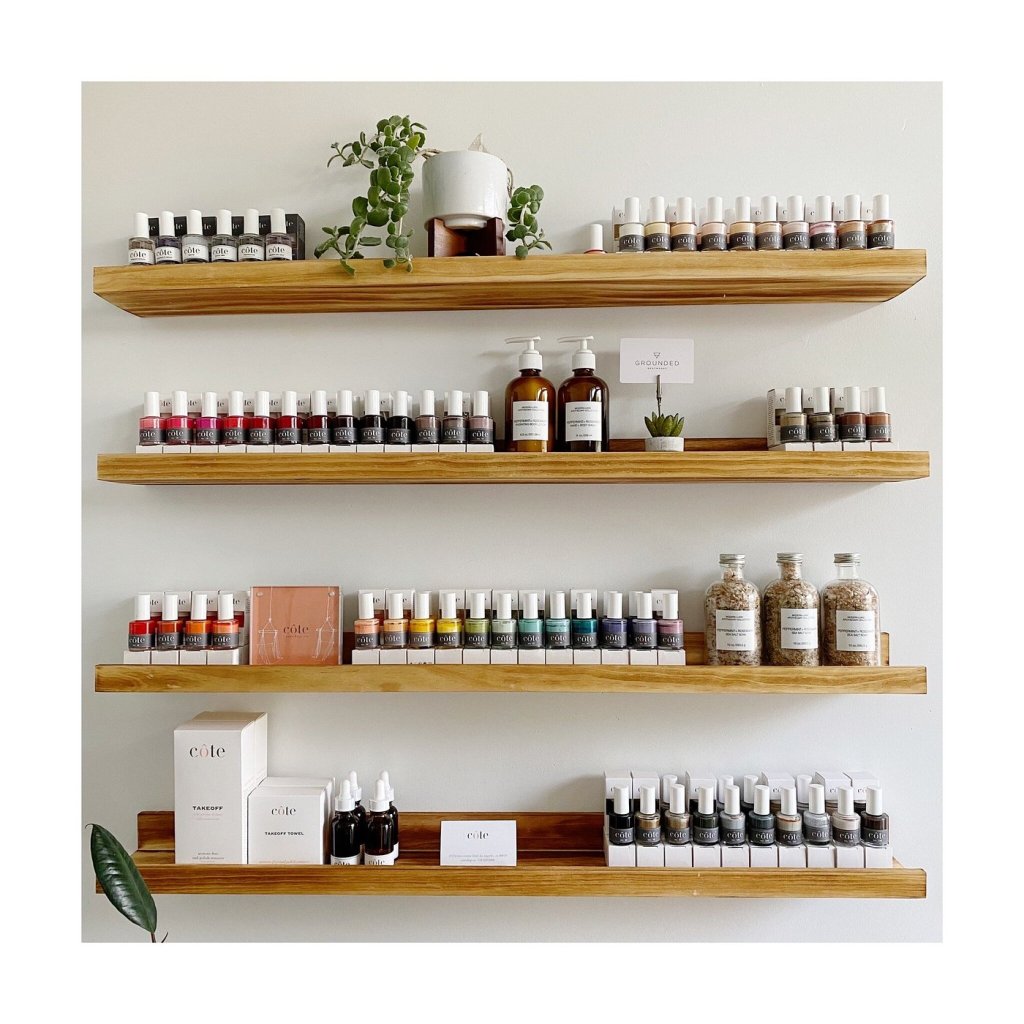
Forget the spa culture you thought you knew. Grounded Bodyworks is one of Palm Springs’ newest spas—and it’s quickly become one of its most popular. Thanks to its minimal and elegant décor, along with its long list of unique therapies, it feels almost like a wellness center. Along with massages and facials, you can book unique treatments that you won’t find elsewhere, like cupping, nails, waxing, and extraction services.
Party vibes… at a spa: Sea Mountain Resort
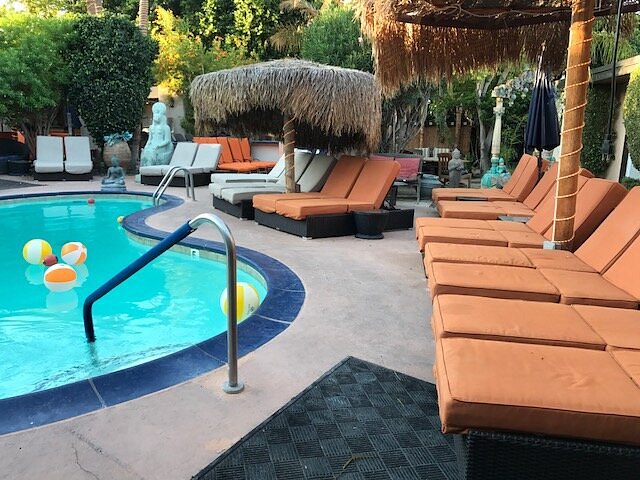
Sea Mountain Resort is a naturist-friendly, adults-only resort with pools, lounges, and a spa with basic treatments. That makes it perfect for spa enthusiasts who enjoy shedding their layers. But there’s a catch: Sea Mountain Resort is all about festivities. It hosts nightly entertainment, along with social activities for resort-goers. Think of it like a social butterfly’s favorite spa—especially fi that social butterfly likes to live au natural.
